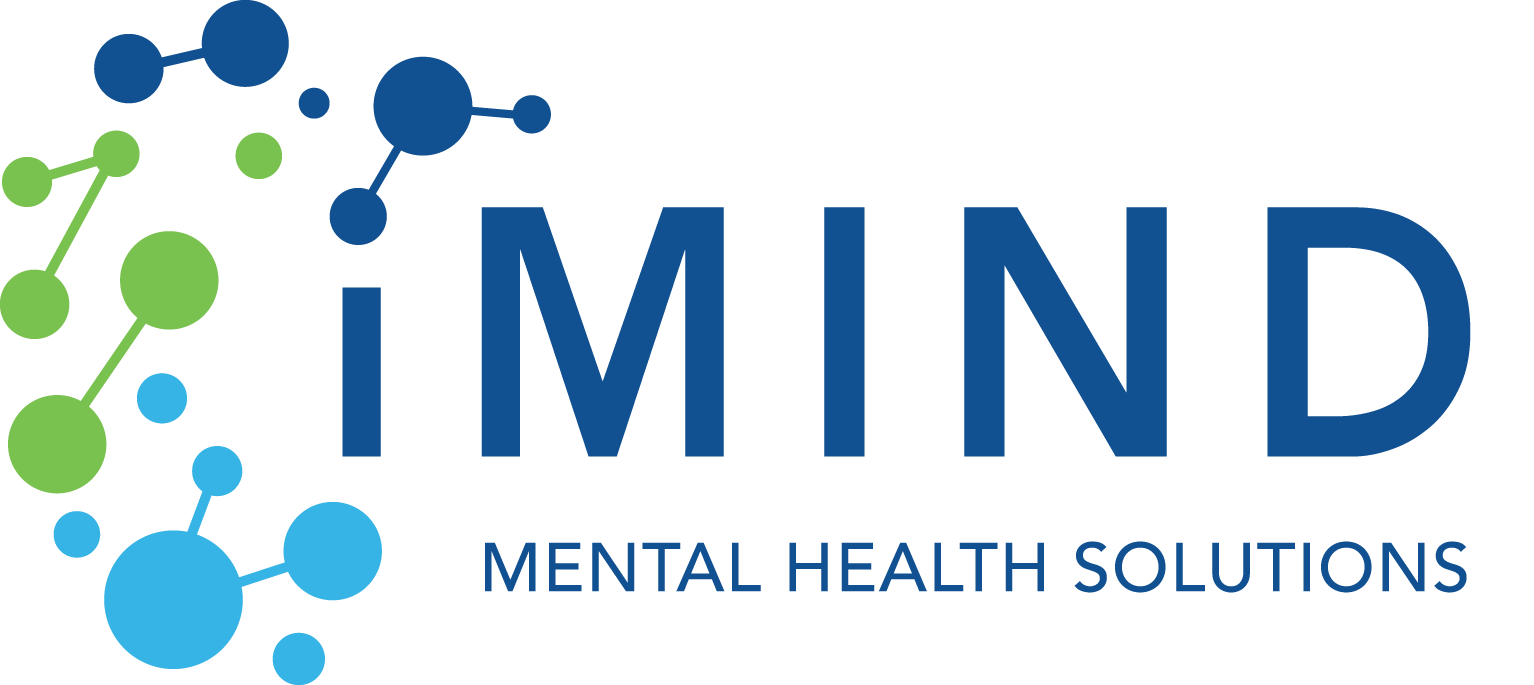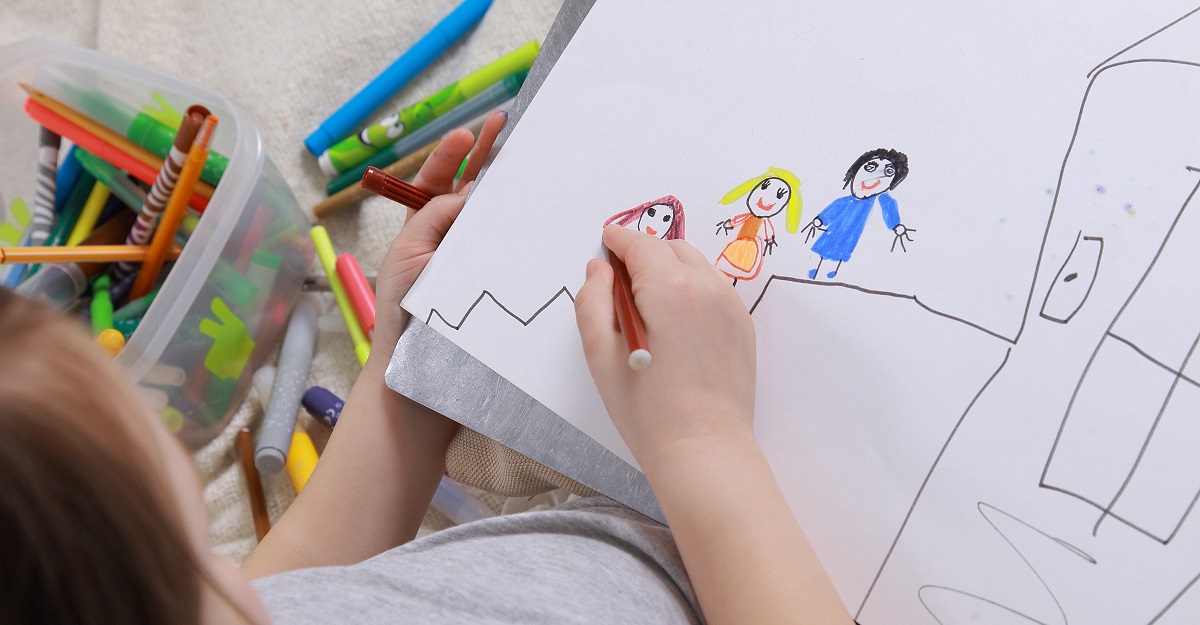Depression and Anxiety Surprisingly Common
Published By Justin Baksh, LMHC, MCAP
March 1, 2022

The scene was mid-March 2020. Grocery store shelves were emptying fast. Toilet paper was hard to find, and hand sanitizer, impossible. There was no going out to dinner – restaurants were closed. There was no shopping – the stores were shuttered. There were no parties, no family get-togethers, and no concerts or events. The COVID pandemic was officially here, and life as we knew it ground to a halt.
Businesses scrambled to react to this new reality, sending some workers home, laying off others, and, in some cases, closing altogether. This caused a heavy financial burden on affected workers, with cascading effects on nearly everyone.
Understandably, this sea change in our daily routine quadrupled the rates of anxiety and depression – and these rates, although slightly reduced from early pandemic days, have unfortunately persisted.
Depression and Anxiety Statistics
Estimates of the rates of depression and anxiety vary by source. However, virtually all data suggest a greatly increased levels after the pandemic hit, followed by a modest decrease. Yet, elevated levels of anxiety and depression persist even today.
The estimates below are from the Centers for Disease Control and Prevention’s (CDC) Household Pulse Survey. According to the CDC’s criteria, adults who experience anxiety or depression symptoms nearly every day or more than half of days are consistent with major depressive disorder (MDD) or generalized anxiety disorder (GAD) profiles.
Anxiety Levels, Pre-Pandemic to Now
- In 2019, 8.1 percent of U.S. adults reported experiencing anxiety symptoms
- In June 2020, the rate had risen to 33 percent – a four-fold increase
- The anxiety rate peaked in December 2020 at 36.9 percent
- A year later, in December 2021, it was still at 26.5 percent – over three times the 2019 rate
- From January 26 to February 7, 2022, the rate had up-ticked slightly to 27.2 percent
(Household Pulse Survey, 2022)
Depression Levels, Pre-Pandemic to Now
- In 2019, the percentage of U.S. adults experiencing depression was 6.5 percent
- In June 2020, it had risen to 26.9 percent – a four-fold increase
- A year later, in December 2021, it was still at 21.4 percent – over three times the 2019 rate
- From January 26 to February 7, 2022, the rate had up-ticked slightly to 22.2 percent
(Household Pulse Survey, 2022)
Do People Experience Depression and Anxiety at the Same Time?
Both anxiety and depression are common among the general population. While depression is the most common mental condition, anxiety disorders are the most common group of mental disorders.
But how much overlap is there? Are people experiencing both?
Statistics tend to say yes… and that overlap is significant.
Anxious depression is a term describing those with a depression diagnosis who also experience symptoms of anxiety. Studies show that over half, or 53 percent, of major depressive disorder (MDD) patients also have significant symptoms of anxiety. (Kalin, 2020) In fact, 46 percent of people with lifetime MDD also qualify for an anxiety disorder diagnosis.
Similarly, those with an anxiety disorder also experience a high level of overlap with depression. The estimated lifetime incidence ranges from 20 to 70 percent and varies by condition.
Overlap of Depression with Anxiety Disorders
- 43 percent of those with generalized anxiety disorder (GAD) also have depression
- 48 percent of those who have posttraumatic stress disorder (PTSD) also have depression
- 50 percent of patients diagnosed with panic disorder have depression as well
- 20 to 70 percent of those who have social anxiety disorder also struggle with depression
(Kalin, 2022)
If we have people who are experiencing anxiety and depression alone and some who are experiencing both, how much of the population is affected? Before the pandemic it was about one in 10. Now, two years on, it is about three in 10.
Americans Experiencing Anxiety or Depression, Pre-Pandemic to Now
- In 2019, the percentage of people experiencing anxiety or depression was 10.8 percent
- In June 2020, it had risen to 36.1 percent – more than a three-fold increase
- In November 2020, it peaked at 42.8 percent
- A year later, in December 2021, it was still at 30.7 percent – still about three times the 2019 rate
- From January 26 to February 7, 2022, the rate had up-ticked slightly to 31.5 percent
(Household Pulse Survey, 2022)
Why are Anxiety and Depression Levels Still so High?
“The sustained high prevalence of depression does not follow [the same] patterns [we observed] after previous traumatic events, such as Hurricane Ike and the [West African] Ebola outbreak. Typically, we would expect depression to peak following the traumatic event and then lower over time. Instead, we found that 12 months into the pandemic, levels of depression remained high.”
– Sanro Galea, Dean of Boston University School of Public Health and Robert A. Knox, Professor (McKoy, 2021)
While it is anyone’s guess as to whether anxiety and depression rates will recede back to pre-pandemic levels, the fact that they haven’t yet suggests there may be more to the story than COVID-19.
First, the pandemic was not your typical crisis. A hurricane or tornado – even devastating ones – affect us for day or a few at most, and then they are gone. There is an end period for the traumatic experience, followed by an assessment of the damage, and the rebuilding, where physical and mental healing take place. It is the same with many other traumatic events that cause our stress levels to rise.
However, with 24 months of stress and uncertainty, is it harder to go back to our baseline level of functioning? In other words, did the sustained stress of the pandemic change us somehow?
How Stress Re-Wires the Brain
Animal studies suggest that prolonged periods of stress lead to a range of problems, both mental and physical. Depression, high blood pressure, ulcers, muscle atrophy, weight loss, and even impaired immune system function and a loss of fertility can occur. (Dias-Ferreira et al., 2009)
Studies point to three areas of the brain that chronic stress affects significantly:
- The prefrontal cortex – The prefrontal cortex is responsible for problem-solving, emotional regulation, the ability to form memories and communicate effectively, and more.
- The hippocampus – Learning and long-term memory storage, damage in the hippocampus can lead to loss of the ability to control impulses and inflammation, which can affect mental agility and motivation.
- The amygdala – The amygala’s job is to identify threats and respond to them (fight-or-flight response).
Chronic stress can keep the prefrontal cortex and hippocampus from doing their jobs in controlling the amygdala’s fear reaction.
In fact, with a shrunken and/or impaired prefrontal cortex and hippocampus, you also become more sensitive to stress overall. Your ability to make good decisions is hampered, as you don’t judge situations accurately and go straight to a stress response. Your tolerance to stress is lower. We can all relate to this.
Think of a time when you were under enormous stress. Maybe you were laid off from your job or under pressure to meet unreasonable deadlines or goals. Now, imagine that the neighbor does something you would normally let go, such as leave their trash can in the middle of the street, causing you to have to swerve to avoid it. Did you curse them out in the car or knock on their door to inform them that you almost hit their trashcan, and could they put it away already? Did you scream at one of your children for spilling a drink on the floor? Did you blow up at your spouse for asking what’s for dinner when you haven’t had a second to even think about it?
Most of us are guilty of something like this, and the reason lies in the brain. With constant stress, we lose the ability to modulate our behavior.
Turns out, these same brain changes are implicated in anxiety disorders. The impaired functioning, it is theorized, can also lead to depression and even dementia.
Finally, your mood and thinking is affected changes in brain chemistry due to stress. Serotonin regulates our mood, but when stressed, our levels plummet. The result can be anxiety and depression.
What You Can do About Chronic Stress
At this point you may be wondering if stress-related brain changes are permanent. Unless there has been a traumatic injury, probably not. (Even with a traumatic injury, the brain tends to try to find a way to overcome challenges).
One of the most exciting things to be discovered in the last century is the concept of neuroplasticity. Our brains respond to our environment and experiences. They create new neural pathways, form new memories, and continue to change based on daily feedback.
If we are all more hard-wired for stress, there is hope. We can recover from this. Damaged neural pathways can reform and be strengthened in the brain.
But how? There are several ways to facilitate brain recovery, including psychotherapy, medication, exercising, and praying and meditating.
- Psychotherapy – Cognitive behavioral therapy helps establish new neural pathways, rewiring the brain’s thought process to relieve depression and anxiety. Mindfulness therapy is a good example. This cognitive behavioral technique involves focusing attention on your current mental state without judging it. In as little as eight weeks, practicing mindfulness can shrink the amygdala and thicken the prefrontal cortex. (Ireland, 2014)
- Neurofeedback – Using a technological interface to provide feedback on brain function, neurofeedback can help us retrain our brains. It can strengthen targeted areas of the brain while shrinking others. Studies specifically show that stronger control of the amygdala and prefrontal cortex enhancement can be achieved through neurofeedback. (Zotev et al., 2013) (Paret et al., 2016)
- Exercise – Exercise boosts serotonin, endorphins, dopamine, norepinephrine, and acetylcholine – all of which help reduce anxiety and depression. Over time, exercising consistently can enhance your brain’s reward system, increasing your dopamine receptors and the level of dopamine in your brain. It also increases blood circulation that bolsters the health of your brain’s cells, helping you to grow new ones. Regular exercise also increases the size of the prefrontal cortex and hippocampus. (Suzuki, 2021)
- Medication – Prescription medication can also target brain activity affected by chronic stress. There are medications that can increase serotonin levels in the brain, relax the amygdala, and restore normal prefrontal cortex function after disruption.
- Prayer and Meditation – Practicing prayer and meditation has been shown to calm the amygdala, increase activity in and the thickness of the prefrontal cortex, and boost serotonin and endorphins. Thirty minutes a day of meditation was enough to show positive results while 12 minutes a day of prayer over eight weeks caused changes that could be seen on brain scans. (Spector, 2017) (Fan, 2019)
Control Stress, Conquer Anxiety and Depression
We do not have to be prisoners to anxiety and depression. There are ways to not only alleviate symptoms but to correct the imprints they leave on our brains. We can also build an arsenal of tools to help us when stress inevitably strikes again. What you do every day and the professional help you seek matters. Don’t suffer in silence any longer. Reach out to a qualified mental health provider today.
- Dias-Ferreira, E., Sousa, J. C., Melo, I., Morgado, P., Mequita, A. R., Cerqueira, J. J., Costa, R. M., & Sousa, N. (2009, July 31). NCBI. National Center for Biotechnology Information, National Library of Medicine.
- Fan, R. (2019, June 3). Prayer Changes Our Brains. Odyssey.
- Household Pulse Survey. (2022). Centers for Disease Control and Prevention.
- Ireland, T. (2014, June 12). What Does Mindfulness Meditation Do to Your Brain? Scientific American.
- Kalin, N. H., M. D. (2020, May). The Critical Relationship Between Anxiety and Depression. Psychiatry Online, The American Journal of Psychiatry.
- Kelly, M. (2015, June 9). How Prayer Changes the Brain and Body. Renewing All Things.
- McKoy, J. (2021, October 7). Depression Rates in the US Tripled When the Pandemic First Hit – Now, They’re Even Worse. The Brink – Boston University.
- Paret, C., Kluetsch, R., Zeahringer, J., Ruf, M., Demirakca, T., Bohus, M., Ende, G., & Schmahl, C. (2016, February 1). Alterations of amygdala-prefrontal connectivity with real-time fMRI neurofeedback in BPD patients. Oxford Academic.
- Spector, N. (2017, October 20). This is your brain on prayer and meditation. NBC News.
- Suzuki, W. (2021, October 22). A neuroscientist shares the 4 brain-changing benefits of exercise—and how much she does every week. CNBC.
- Zotev, V., Phillips, R., Young, K. D., Drefets, W. C., & Bodurka, J. (2013, November 6). Prefrontal Control of the Amygdala during Real-Time fMRI Neurofeedback Training of Emotion Regulation. PLOS ONE.





